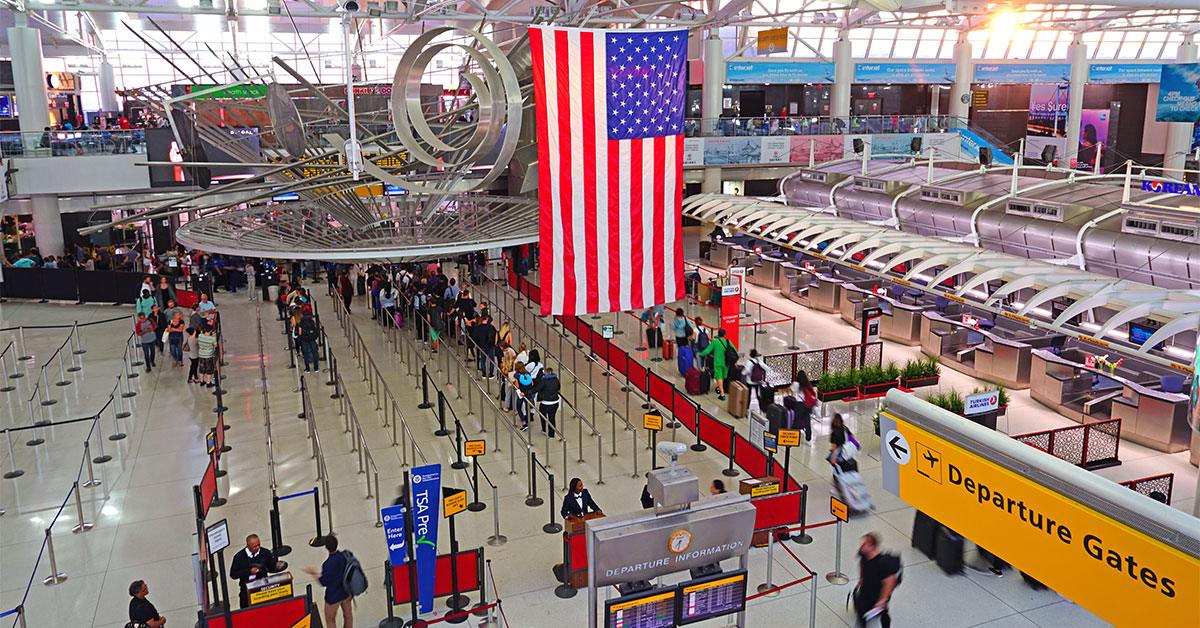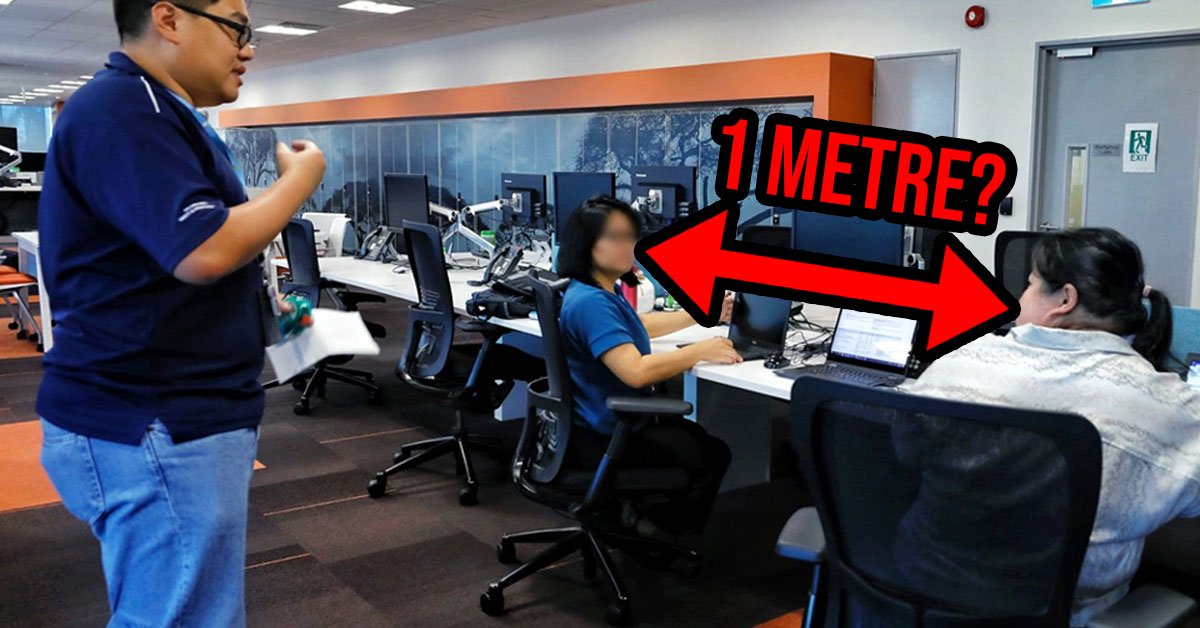Omicron might sound like a name that could belong to an AI or even Instagram’s new name but in actuality, it’s the name of the new COVID-19 strain (think: Delta) and here’s what you need to know about this new strain that we’re now reading in every headline.
It’s named B.1.1.529
Before it was known as Omicron, this new variant is called B.1.1.529. And just for reference, the Delta strain was known as B.1.617.2.
It was first identified in Southern Africa
It was first identified in South Africa, most likely to have evolved during chronic infection of an immuno-compromised person.
Considering how there are around 8.2 million people infected with HIV there, experts figured that the immuno-compromised person that was infected with the variant is an HIV/AIDS carrier as well.
Currently, there are about 100 cases of the variant. Most of these cases are from Gauteng, their most populated province.
A “Variant of Concern”
It’s now officially a variant of concern.
The coronavirus mutates very, very often, but only mutations that warrant have the potential to affect the population would be called a variant of concern.
According to the World Health Organisation (WHO), Omicron may spread more quickly and may also have an increased risk of reinfection.
Which, of course, sounds like a lot the Delta variant.
In South Africa, this variant has now “dominated all infections” after less than two weeks. Previously, the Delta variant claims dominance.
More studies about this variant are currently underway.
Omicron is the fifth variant to be called a variant of concern. The other variants are the the Alpha Variant (formerly called the UK Variant and officially referred to as B.1.1.7), the Beta Variant (formerly called the South Africa Variant and officially referred to as B.1.351), the Gamma Variant (formerly called the Brazil Variant and officially referred to as P.1), and the Delta Variant (formerly called the India Variant and officially referred to as B.1.617.2).
More than 30 Mutations
In the protein spike alone, there are over 30 mutations. This is double the number that’s associated with the Delta variant.
As for the ACE2 receptor, the protein that acts as the doorway for the COVID-19 to infect human cells, there are 10 mutations. In comparison, the Delta variant has two.
Simply put, it mutates a lot.
Most Heavily Mutated Version
According to Lawrence Young, a virologist at Britain’s University of Warwick, this new variant is the most heavily mutated version of the virus they’ve seen to date.
Some of these mutations are similar to the changes in the other variants of concerns as well and that is concerning.
To learn more about why viruses mutate, watch this video to the end:

Current Vaccines May Not Work
Due to how much it has mutated, there’s a fear that the current vaccines are no match for this virus.
Computer modelling also suggested that this new variant may be able to dodge another part of the immune response conferred by the T-cells.
However, as mentioned, studies on this are still ongoing, so these are not cast in stone.
Same Symptoms
Similar to the other variants, those who are infected with the virus have similar symptoms as before. Some of these individuals were also asymptomatic, which means the key difference this variant has is currently the transmissibility.
Possibly the Most Dangerous Variant
Although studies are still underway, the Omicron may possibly be the most dangerous COVID-19 variant for it spreads easily and its spike protein is more adept at entering the human cells.
Additionally, it seemed to have topped the world’s dominant COVID-19 variant, the Delta variant, with over 30 mutations.
But hold your horses, for there are still not enough data for scientists to discern how dangerous this variant is.
PCR Test Can Detect It
The good news is, Omicron could be detected by a particular polymerase chain reaction (PCR) test. This help scientist to track the spread and allow more control over it.
After all, the worst type of mutation is one that you can’t even see, right?
Circulated Globally
Although the strain was first discovered in South Africa, it has since been detected in Belgium, Botswana, Israel and Hong Kong. This is why nations are all rushing to close their borders against South Africa and their neighbouring countries.
However, an epidemiologist, Ben Cowling of the University of Hong Kong, said it may be too late to tighten travel curbs for the virus have already reached the other borders.
Despite that, countries like Canada, the United States of America and even Singapore are restricting travel from South Africa and its neighbouring countries.
What is Singapore Doing About it?
Similar to the other countries, travellers from Botswana, Eswatini, Lesotho, Mozambique, Namibia, South Africa and Zimbabwe will no longer be allowed to enter into or transit through Singapore.
This applies to those who have obtained prior approval for entry into Singapore.
As long as one has been to those countries in the past 14 days will not be allowed on our tiny red dot.
However, if you are a returning Singapore citizen or permanent resident, you will have to serve a 10-day stay-home notice (SHN) at dedicated facilities.
These additional border restrictions will be in place for four weeks. They will be reviewed after this period if necessary.
As of now, there are no new cases of the new variants here.
Only time will tell if it’s yet another delta variant, or this will pass.
Read Also:
- Loh Kean Yew Continues to be in Form As He Trashed Denmark’s Player to Quality for Indonesia Open Semi-Finals
- S’pore Extends VTL to 6 More Countries Including S’poreans’ Favourite Spot, Thailand
- Man Managed to Sue Driver Who Knocked Him Down for More Than $2 Million
Featured Image: Andrii Vodolazhskyi / Shutterstock.com



